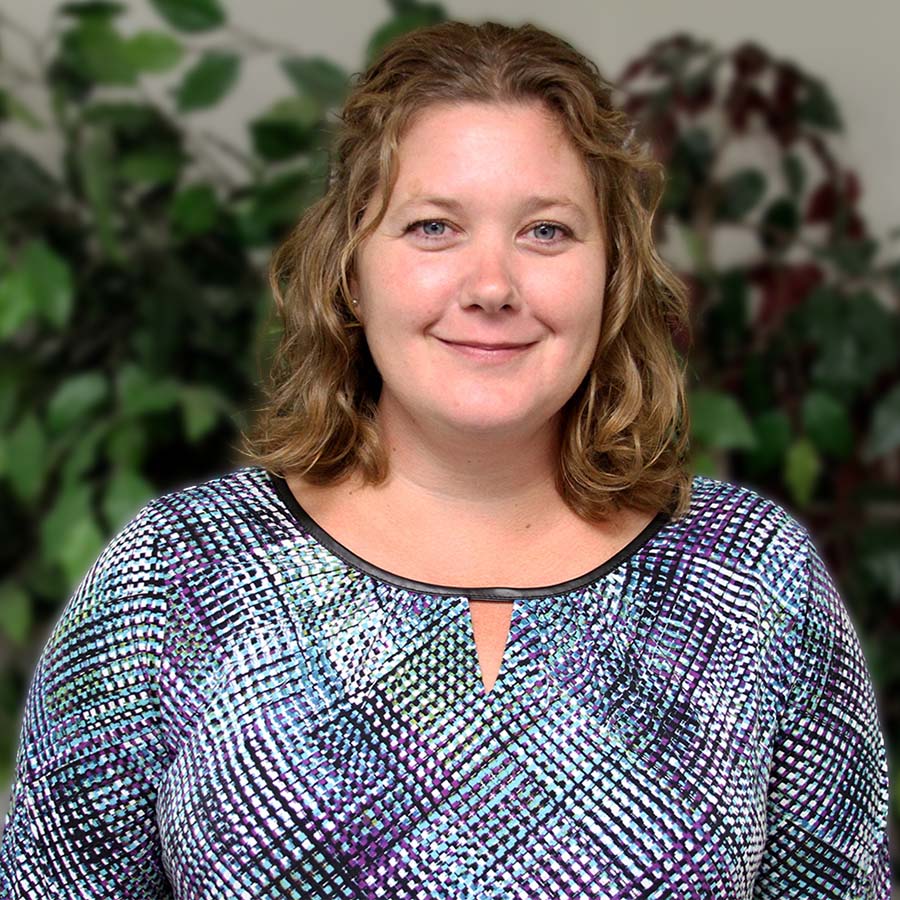Jennifer Jensen

Professor, Chair
Ph.D., Environmental Science, University of Idaho, 2009
Office: ELA 334
Phone: 512.245.2170
Email: jj41@txstate.edu
Vita HB2504 information
Research Interests: remote sensing; vegetation mapping and monitoring; habitat modeling; landscape ecology; natural resource management; land cover–land use change; lidar
Publications:
Jensen, J.L.R., Mathews, A.M. (accepted; forthcoming in 2020). Terrain and surface modeling of vegetation height using simple linear regression. In A. Frazier and K. Singh (Eds.) Fundamentals of Capturing and Processing Drone Imagery and Data. Taylor and Francis.
Reygadas, Y., Jensen, J.L.R., Moisen, G.G., Currit, N., Chow, E. 2020. Assessing the relationship between vegetation greenness and surface temperature through Granger causality and Impulse-Response coefficients: a case study in Mexico. International Journal of Remote Sensing, 41(10):3761-3783. doi.org/10.1080/01431161.2019.1711241
Szpakowski, D.M., Jensen, J.L.R. 2019. A review of the application of remote sensing in fire ecology. Remote Sensing, 11(22), 2638; doi.org/10.3390/rs11222638
Reygadas, Y., Jensen, J.L.R., Moisen, G.G. 2019. Forest degradation assessment based on trend analysis of MODIS Leaf Area Index: a case study in Mexico. Remote Sensing, 11(21), 2503; doi: 10.3390/rs11212503
Crouchet, S.E., Jensen, J., Schwartz, B.F., Schwinning, Susanne. 2019. Tree mortality after a hot drought: distinguishing density-dependent and -independent drivers and why it matters. Frontiers in Forests and Global Change 2:21 doi: 10.3389/ffgc.2019.00021
Zhao, C., Jensen, J., Weng, Q., Currit, N. Weaver, R. 2019. Application of airborne remote sensing data on mapping local climate zones: Cases of three metropolitan areas of Texas, U.S. Computers, Environment and Urban Systems, 75, 175-193. doi.org/10.1016/j.compenvurbsys.2018.11.002
Zhao, C., Jensen, J., Weng, Q., Weaver, R. 2018. A geographically weighted regression analysis of the underlying factors related to the surface urban heat island phenomenon. Remote Sensing, 10(9), 1428; doi.org/10.3390/rs10091428
Pisek, J., Buddenbaum, H., Camacho, F., Hill, J., Jensen, J.L.R., Lange, H., Liu, Z., Piayda, A., Qu, Y., Roupsard, O., Serbin, S., Solberg, S., Sonnentag, O., Thimonier, A., Vuolo, F. 2018. Data synergy between leaf area index and clumping index Earth Observation products using photon recollision probability theory. Remote Sensing of Environment, 215, 1-6. doi.org/10.1016/j.rse.2018.05.026
Zhao, C., Jensen, J., Zhan, B. 2017. A comparison of urban growth and their influencing factors of two border cities: Laredo in the US and Nuevo Laredo in Mexico, Applied Geography, 79: 223-234,
doi.org/10.1016/j.apgeog.2016.12.017
Jensen, J.L.R. and Mathews, A.J. 2016. Assessment of image-based point cloud products to generate a bare Earth surface and estimate canopy heights in a woodland ecosystem. Remote Sensing, 8(1) doi.org/10.3390/rs8010050
Courses Taught:
GEO 7415: Geographic Applications of Remote Sensing (Texas State University)
GEO 7399: Dissertation (Texas State University)
GEO 7390: Independent Study (Texas State University)
GEO 7372: Seminar in Geographic Information Science: Lidar Analysis and Modeling (Texas State University)
GEO 7366: Advanced Topics in Remote Sensing (Texas State University)
GEO 7316: Remote Sensing of the Environment (Texas State University)
GEO 5415: Geographic Applications of Remote Sensing (Texas State University)
GEO 5399: Thesis (Texas State University)
GEO 5395: Problems in Applied Geography:Lidar Analysis and Modeling (Texas State University)
GEO 5335: Directed Research
GEO 5324: GPS & GIS (Texas State University)
GEO 4324: GPS & GIS (Texas State University)
GEO 4417: Digital Terrain Modeling (Teas State University)
GEO 4412: Digital Remote Sensing (Texas State University)
GEO 4316: Landscape Biogeography (Texas State University)
GEO 3416: Principles of Remote Sensing (Texas State University)
US 1100: University Seminar (Texas State University)
GEOG 404: GPS/GIS Integration (University of Idaho)
GEOG 100: Introduction to Physical Geography (University of Idaho)
